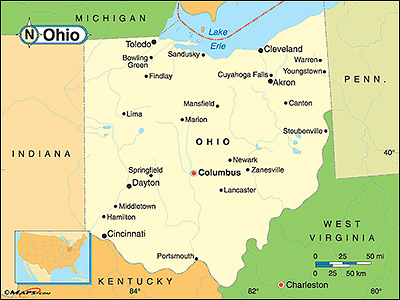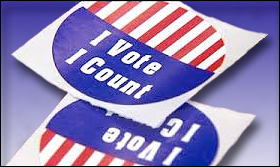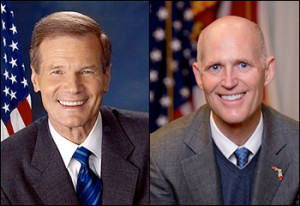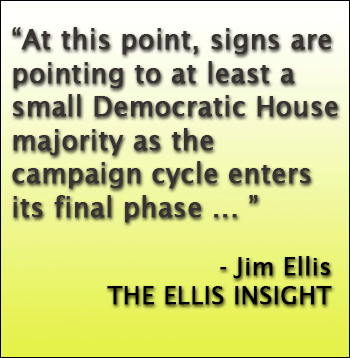By Jim Ellis
Nov. 2, 2018 — It was always believed that the Grand Canyon State’s open Senate race between Reps. Kyrsten Sinema (D-Phoenix) and Martha McSally (R-Tucson) would be one of the best campaigns in the country, and no one should be disappointed.As we approach Election Day, differing indicators have presented themselves regarding who might win this toss-up campaign. Five polls have been released covering the period between Oct. 23-29. Three of the five give Rep. Sinema a slight lead, while one projects a tie.
YouGov/CBS News (Oct. 23-26; 972 likely Arizona voters) and Marist College/NBC News (Oct. 23-27; 506 likely Arizona voters) both post the Democratic nominee to identical 47-44 percent leads. CNN/SSRS (Oct. 24-29; 702 likely Arizona voters) finds Sinema’s edge to be 51-47 percent. But HighGround Public Affairs (Oct. 26-28; 400 likely Arizona voters) sees Rep. McSally ahead, 47-45 percent. Fox News (Oct. 27-29; 643 likely Arizona voters) came to a third conclusion, a 46-46 percent tie.







